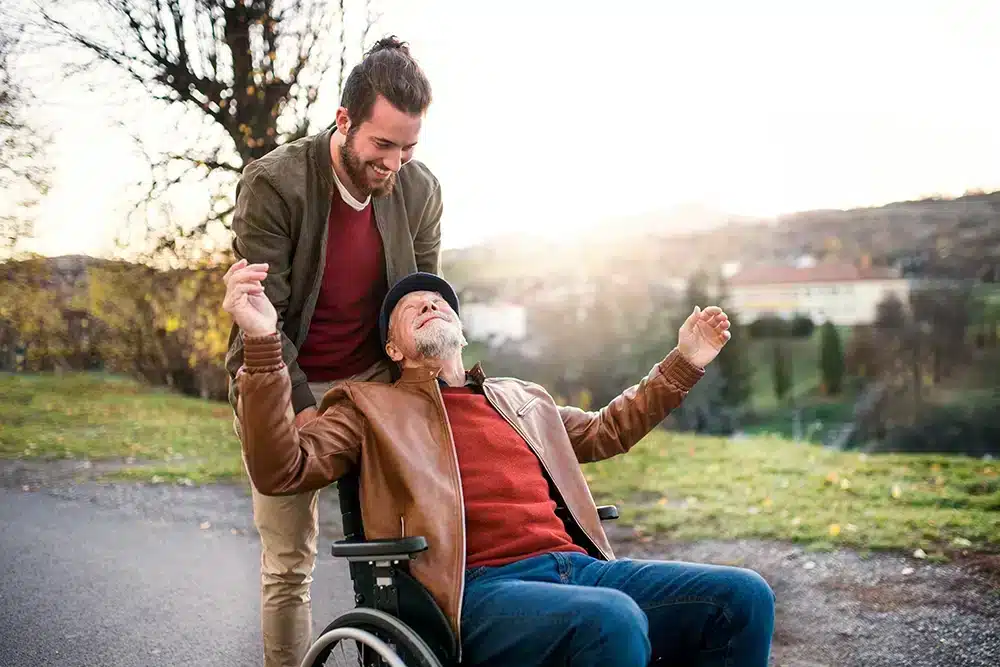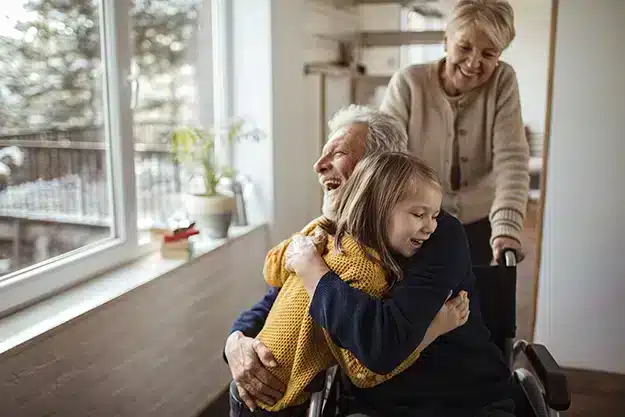Paradigm Shifts & Fall Prevention
A Paradigm shift is a fundamental change in approach.
Wearing helmets on bicycles. Wearing life jackets on boats. Seat belts in cars.
The one thing in common is that these were never the “norm” until perception, or laws, changed. Now how does this relate to fall prevention? Let us explain using the seat belt example.
A simple, yet lifesaving safety device
Seat belts were not always commonplace. A federal law was passed in the United States in January 1968 requiring all motor vehicles to have seat belts, however seat belts had been around since the late 1800’s. Adoption of this new technology was slow, and it was only in the face of mounting evidence of the effectiveness of seat belts in reducing car crash fatalities, that it was finally written into law.
Did you know that 47 percent of passenger vehicle occupants killed in 2017 were not wearing seat belts? [1]
Nobody goes out driving expecting to get into an accident, but they happen to the best of us. Much like nobody over 65 uses their home expecting to fall, however, just under 1 in 3 do, every single year. Falls are the leading cause of injury-related hospitalizations involving seniors – and it’s not even close. [2] [3]
Furthermore, the CDC reports that in 2014 alone: 28.7% of older adults reported falling at least once, for an estimated 29 million falls. Of those who fell, 37.5% reported requiring medical treatment, resulting in an estimated 7.0 million fall injuries and 27,000 fatalities. [4]
That’s what we call an epidemic.
Hard questions to ask yourself
Are you comfortable with you or your loved ones driving cars without seatbelts on?
What is different about safety products in homes?
Is it any different from wearing a seatbelt?
So what can we do to help eliminate falls for our elderly loved ones?
The core issue
There exists a perception issue that needs to change.
Many individuals see safety products such as grab bars as “giving up” and claim that they do not need or want any help.
They also may be concerned that the options available to them look too “institutional” and they do not want their home looking like a hospital. This is where HealthCraft’s award-winning, and more subtle Invisia product line comes in. We took this pain point and designed premium, luxurious bathroom accessories that look stunningly beautiful while doubling as a grab bar, being able to support up to 500lbs.
The Answer
When it comes to fall prevention, there is no correct answer or approach. That being said, there are definitely first steps that you can take to get on the right path.
Working with an Occupational Therapist to get a home assessment done can be a critical juncture in preventing falls before they happen. They will determine any hazardous areas around the home, whether it be lack of adequate lighting, ensuring non-slip rugs are used, recommending installing grab bars or similar products in the bathroom, etc.
To find an Occupational therapist in your area, we would encourage you to visit these resources:
Canada: https://www.caot.ca/site/pt/findanOT
USA: https://www.findanoccupationaltherapist.com/
Part of the solution
At HealthCraft our purpose is to make every space a safer place.
We design and manufacture a wide range of support products to help reduce the number of preventable falls in homes.
Click here to view all of HealthCraft’s fall prevention solutions.

Sources:
- https://www.edgarsnyder.com/car-accident/defective-products/seat-belts/seat-belts-statistics.html
- https://www.cdc.gov/mmwr/volumes/65/wr/mm6537a2.htm?s_cid=mm6537a2_w
- https://www.cihi.ca/en/falls-and-vehicle-collisions-top-causes-of-injury-hospitalizations-for-seniors
- https://www.cdc.gov/mmwr/volumes/65/wr/mm6537a2.htm?s_cid=mm6537a2_w






